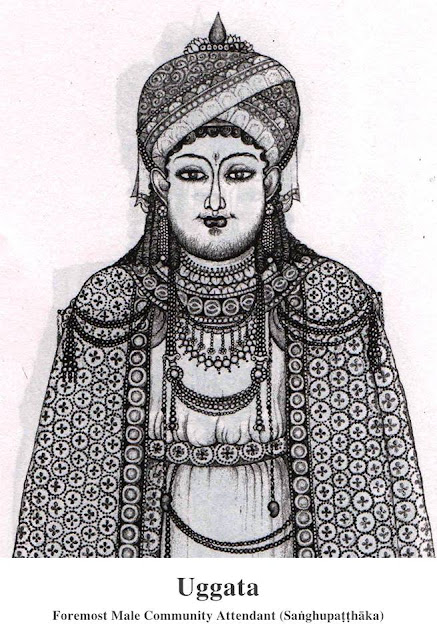 J.W. Lehner Studying the types of rock where known edicts are located helped UCLA researchers find likely sites of additional ones.
J.W. Lehner Studying the types of rock where known edicts are located helped UCLA researchers find likely sites of additional ones.
For archaeologists and historians interested in the ancient politics,
religion and language of the Indian subcontinent, two UCLA professors
and their student researchers have creatively pinpointed sites that are
likely to yield valuable transcriptions of the proclamations of Ashoka,
the Buddhist king of northern India’s Mauryan Dynasty who ruled from
304 B.C. to 232 B.C.
religion and language of the Indian subcontinent, two UCLA professors
and their student researchers have creatively pinpointed sites that are
likely to yield valuable transcriptions of the proclamations of Ashoka,
the Buddhist king of northern India’s Mauryan Dynasty who ruled from
304 B.C. to 232 B.C.





















